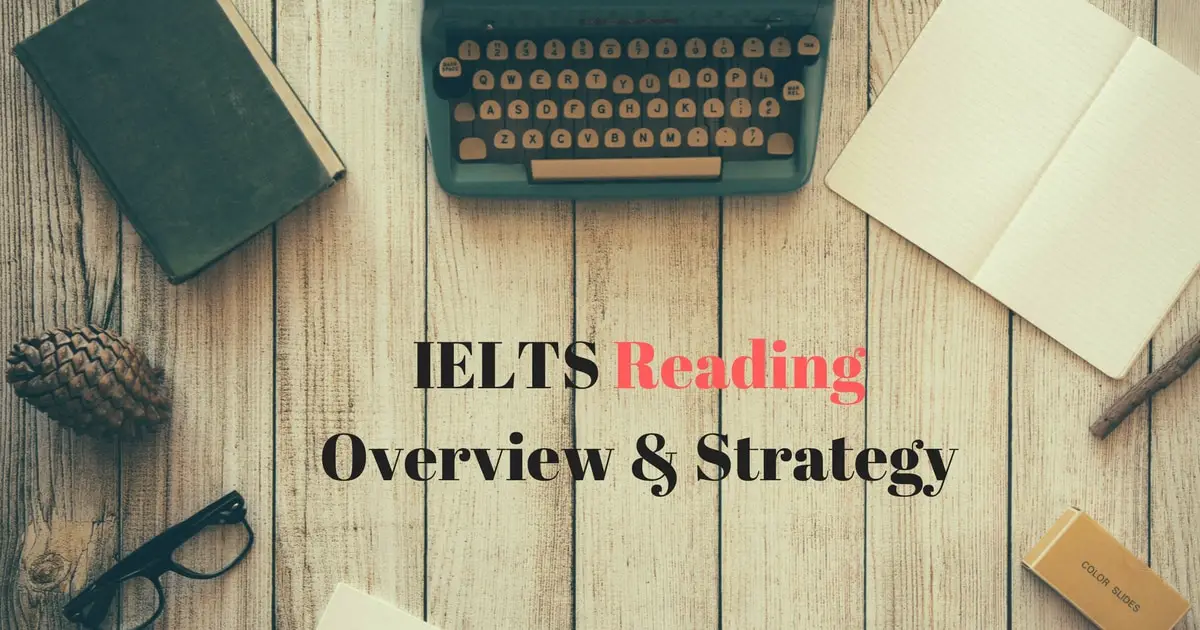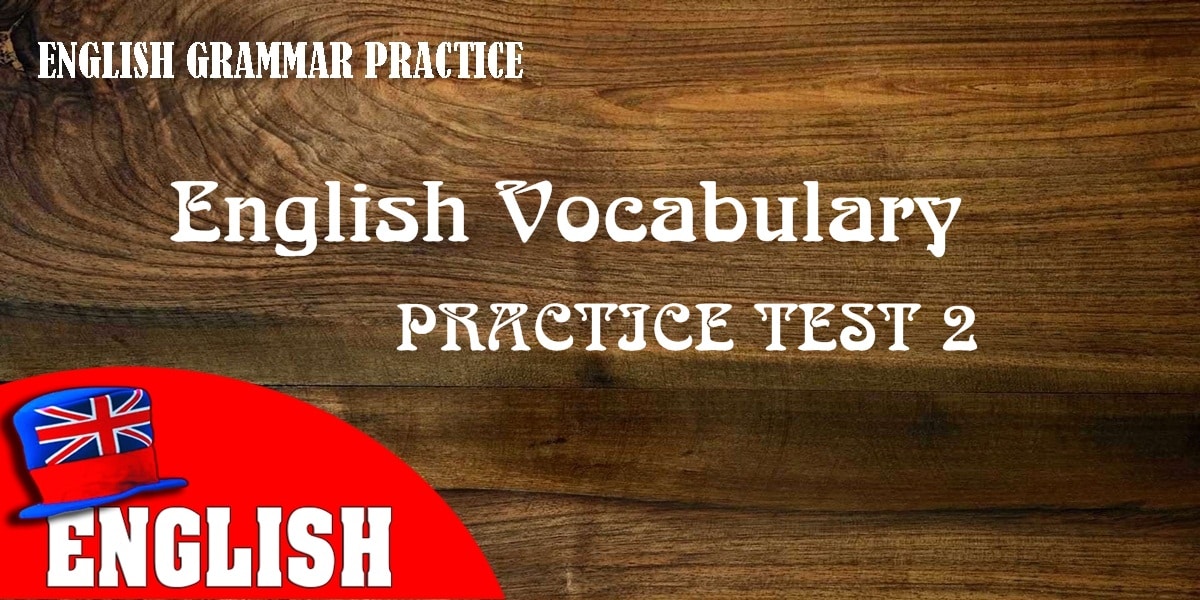IELTS Reading! You need to do either the General IELTS exam or the Academic IELTS exam. But what’s the difference, anyway? The difference is in the Reading and Writing modules only. The Listening and Speaking modules are the same for all.
Table of Contents
IELTS Reading
In terms of reading, the main difference between the Academic and General Reading Modules of the IELTS lies in the content of the passages. The General Module includes easier texts from social, academic, and work contexts. The Academic Module includes more advanced texts, at an undergraduate or graduate level, from academic sources.
Yet, the Academic and General Reading Modules are also similar in many ways. Both last for one hour contains 3 passages and 40 questions and are scored in the same way. In both cases, you must answer the questions and transfer your answers to the answer sheet all in one hour. Other overlapping areas that apply to both modules are scoring, questions, skills, and time.
IELTS Reading Overview and Strategy
IELTS READING – THE ACADEMIC MODULE
The Academic IELTS Reading Module takes 60 minutes and there are 40 questions to answer. Each question is worth 1 mark.
The Reading Passages
There are three reading passages with a total of 2,000-3,000 words. Texts are taken from journals, magazines, books, and newspapers.
All the topics are of general interest and the texts have been written for a non-specialist audience. The readings are intended to be about issues that are appropriate to candidates who will enter postgraduate or undergraduate courses.
At least one text will contain a detailed logical argument. One of the texts may contain non-verbal materials such as graphs, illustrations or diagrams.
If there are technical terms that you may not know in the text then a glossary is provided. The texts and questions become more difficult through the paper.
IELTS READING – THE GENERAL MODULE
As with the Academic IELTS reading, the General Training reading module takes 60 minutes, there are 40 questions, and each one is worth 1 mark.
The Reading Passages
The readings are 2,000-3,000 words, each text being harder than the one before.
In contrast to the Academic Reading, texts are taken from advertisements, notices, booklets, official documents, leaflets, newspapers, timetables, instruction manuals, books, and magazines. They are all authentic.
These are texts that you are likely to have to deal with daily in an English speaking country.
- Section one:
This section contains 2-3 short factual texts with topics that will be relevant to your everyday life when you live abroad in an English environment. For example, a text may consist of a number of advertisements.
- Section two:
There are 2 factual texts and they focus on issues related to work such as applying for a job, pay and conditions, staff training and development and company policies.
- Section three:
The text in this section is longer and more difficult. It is a text on a topic of general interest.
IELTS READING – SCORING
In both the General and Academic Reading Modules, one mark is awarded for each correct answer. A special table converts the scores out of 40 into a band score on the IELTS band scale. You may receive a whole band or a half band. Your overall score is the average of the band scores you receive in the four modules. This final score itself may be represented as a whole band or a half band.
IELTS READING – THE QUESTIONS
There are 10-11 types of questions on both the Academic or General Reading Module:
- Multiple choices
- Multiple matching
- Short-answer
- Sentence completion
- Tables, diagrams, flow charts
- Summary completion
- Paragraph headings
- Locating information
- Identifying the writer’s views or claims
- Classification
- Matching
You need to work through a number of practice tests in order to identify exactly what you need to do and to understand how to correctly answer each type of question. After doing a few tests, analyze your answers. Doing so will help you recognize which types of questions are easier for you and which types cause more difficulty. Consult your teachers or specialized IELTS guide books to learn strategies to help you with ones that are more challenging.
IELTS READING – SKILLS
To do well in the IELTS reading test, you need global as well as macro reading skills. This means you should to be able to do the following:
- Grasp the big picture as well as the minor points.
- Distinguish facts from opinions and attitudes
- Identify the overall purpose of the passage
- Follow the main arguments in a written text
- Locate specific details and relevant information
- Summarize the key points
- Represent written information in graphic form
- Infer meaning
- Use accurate spelling and correct grammar
Specifically, three key reading skills will help you do the above most effectively:
- Skimming
- Scanning
- Reading for detail
The first two strategies, skimming, and scanning, involve reading very quickly, but each strategy has a different purpose. Skimming means reading quickly to get the main idea of a text. Scanning means reading quickly to look for a specific piece of info or specific words. The third approach, reading for detail means reading every word in order to really understand the message of the text.
On the IELTS, you will need to use all three techniques at different stages. For example, you may start by skimming through the entire text to get a general idea of the passage. Next, you may look at the questions to see what kind of information is required. Then, you may scan the text for a specific piece of information or read a particular section in greater detail to discover the information you need to answer the question correctly.
If you are weak in these areas or read slowly, there are a number of excellent general ESL and specific IELTS books which can help you strengthen your reading techniques, so you can complete the test correctly and successfully within the one-hour time limit.
IELTS READING – TIME
Remember that you have three reading passages and forty questions to answer in only one hour. Also, the three passages become increasingly more difficult. Divide your time into three 20 minute segments, or as suggested below:
- 16-19 minutes on section 1
- 20 minutes on section 2
- 21-24 minutes on section 3
If you’re having difficulty with a particular question, mark it for your attention, move on to the next question and come back later. If you finish early, use the time to review.

![Learn English with Songs [Shakira – Waka Waka (This Time for Africa)] Learn English with Songs [Shakira – Waka Waka (This Time for Africa)]](https://www.fluentland.com/wp-content/uploads/2017/06/sa.jpg)
![Learn English with Music Video [One Direction – You & I] Learn English with Music Video [One Direction – You & I]](https://www.fluentland.com/wp-content/uploads/2016/09/You-I-One-Direction.jpg)
